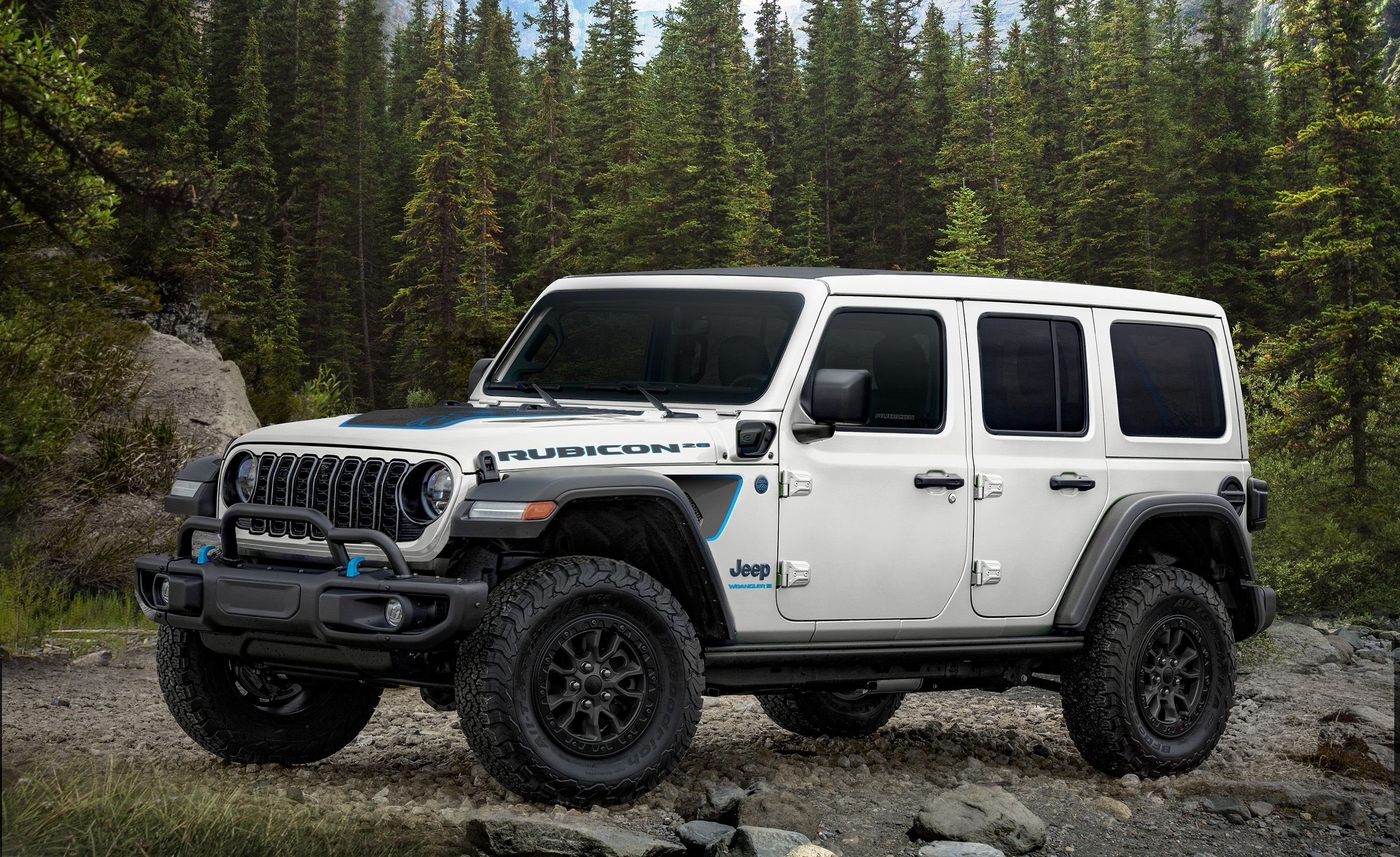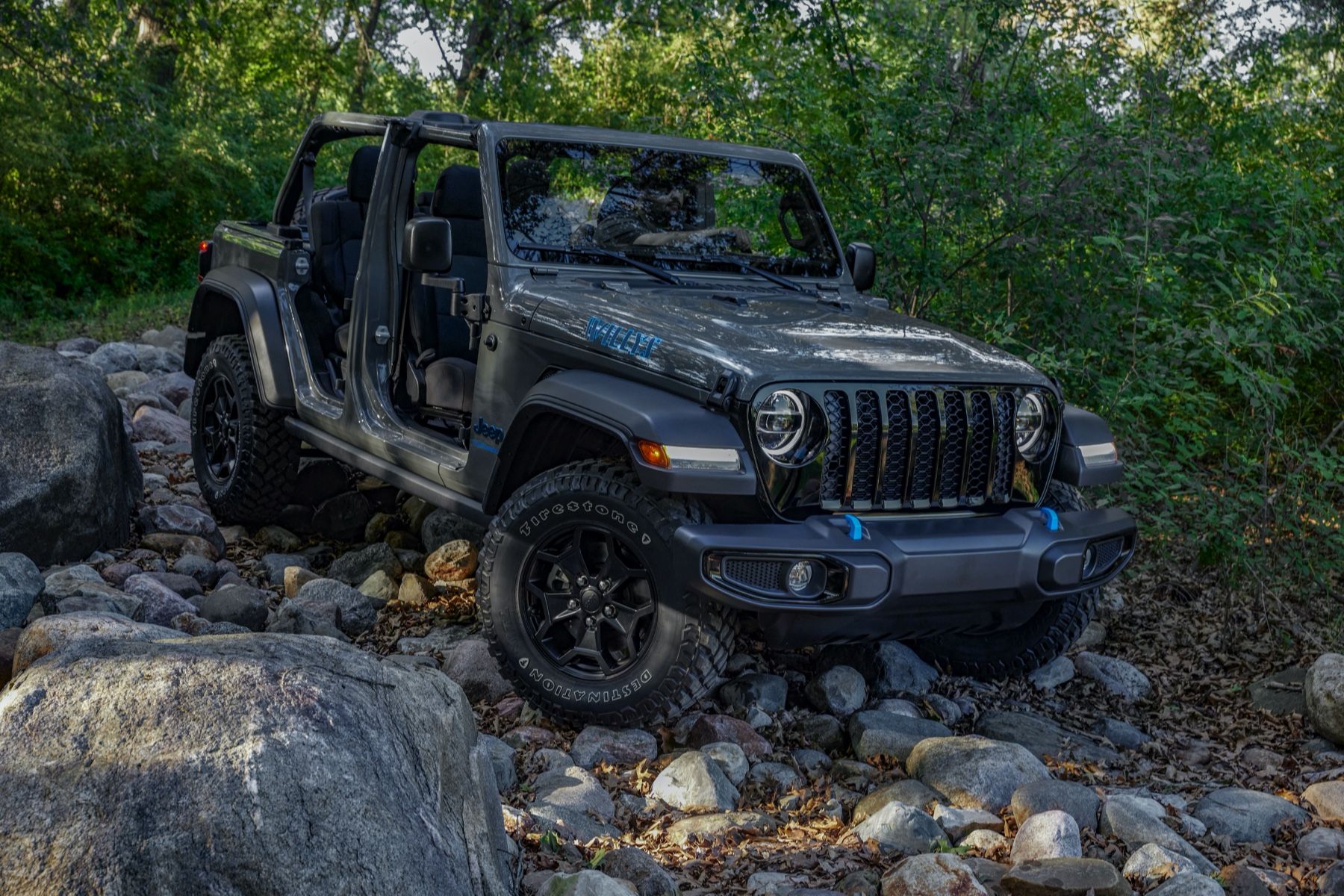Jeep Tracks For Sale: Transform Your Off-Road Beast into an Unstoppable Force pickup.truckstrend.com
The iconic Jeep, a symbol of freedom and adventure, is renowned for its unparalleled off-road capabilities. But what if you could push those boundaries even further, conquering terrains that would leave even the most modified Jeeps stranded? Enter the world of Jeep Tracks For Sale. Far beyond mere tire upgrades, track systems replace your wheels entirely, transforming your rugged SUV into an all-terrain vehicle capable of traversing the most extreme environments, from deep snowdrifts to treacherous muddy bogs and soft sand dunes.
This comprehensive guide will delve into everything you need to know about purchasing and utilizing track systems for your Jeep. Whether you’re an avid overlander, a dedicated hunter, or someone living in a region with challenging winter conditions, understanding the nuances of Jeep tracks can unlock a new realm of adventure and utility for your vehicle. We’ll explore their benefits, the types available, crucial considerations before buying, where to find them, and how to maintain them, ensuring you make an informed decision for this significant investment.
Jeep Tracks For Sale: Transform Your Off-Road Beast into an Unstoppable Force
Understanding Jeep Track Systems: Beyond the Wheel
At its core, a Jeep track system is an aftermarket conversion kit designed to replace your vehicle’s conventional wheels and tires with a continuous, rubberized track assembly. Each unit typically consists of a durable rubber track loop, a set of idler wheels, and a drive sprocket that connects to your Jeep’s axle hub. The entire assembly is designed to bolt directly onto the existing wheel hubs, making the conversion reversible.
The primary principle behind tracks is simple yet revolutionary: weight distribution. Unlike tires, which concentrate the vehicle’s weight onto four small contact patches, tracks spread the weight over a much larger surface area. This significantly reduces ground pressure, preventing the vehicle from sinking into soft terrain like deep snow, loose sand, or thick mud. The aggressive tread patterns on the tracks also provide an enormous increase in traction, allowing your Jeep to grip and propel itself forward in conditions where tires would merely spin.
These systems are not just for show; they are engineering marvels built for serious utility and extreme off-roading. They fundamentally alter the dynamics of your Jeep, enabling it to float over challenging surfaces, climb steep inclines with greater ease, and navigate environments previously thought impassable.
The Unrivaled Benefits of Equipping Your Jeep with Tracks
Investing in a track system for your Jeep offers a multitude of advantages that elevate its performance in challenging conditions:
![]()
- Superior Traction: This is the most immediate and impactful benefit. Tracks provide an enormous contact patch, maximizing grip on slippery or unstable surfaces. In deep snow, mud, or loose sand, where tires would struggle for purchase, tracks propel your Jeep forward with confidence.
- Reduced Ground Pressure: By distributing the vehicle’s weight over a larger area, tracks exert significantly less pressure per square inch on the ground. This "flotation" capability prevents your Jeep from sinking, making it ideal for crossing swamps, navigating pristine snowfields, or traversing delicate ecosystems.
- Enhanced Stability: The wider stance and lower center of gravity provided by track systems often improve the vehicle’s lateral stability, reducing the risk of rollovers on uneven terrain.
- All-Season Capability: While often associated with snow, track systems are highly effective in mud, sand, and even rocky terrain. They transform your Jeep into a truly versatile all-terrain vehicle, ready for any season or landscape.
- Increased Payload Capacity: Many track systems are engineered to handle heavier loads than tires, making them suitable for utility purposes, hauling gear for hunting or expeditions, or supporting emergency services in remote areas.
- Access to Remote Areas: For hunters, explorers, land managers, or rescue teams, tracks open up access to locations otherwise unreachable, providing unparalleled mobility in the wilderness.

Types of Jeep Track Systems Available

While the concept is similar across brands, there are variations in design, build quality, and intended application:
- Leading Manufacturers: The market is dominated by a few reputable manufacturers known for their robust and reliable track systems. Key players include:
- Mattracks: One of the most well-known names, offering a wide range of systems for various vehicles, including Jeeps, known for their durability and performance in extreme conditions.
- Camso (formerly Bombardier Recreational Products – BRP): A global leader in track systems, offering highly engineered solutions for demanding environments.
- American Track Truck: Specializes in heavy-duty track conversions for trucks and SUVs, including Jeeps.
- Soucy International: Another prominent Canadian manufacturer, known for durable rubber track systems.
- Track Width and Design: Tracks come in various widths, influencing flotation and maneuverability. Wider tracks offer better flotation but may reduce turning radius and require more power. Tread patterns also vary, optimized for different terrains (e.g., aggressive lugs for mud/snow, flatter profiles for sand).
- Frame and Suspension Design: Manufacturers employ different internal frame structures and suspension systems within the track unit to absorb shocks and maintain tension. Some are more complex and offer better ride quality, while others prioritize simplicity and ruggedness.
- Compatibility: Most track systems are designed to fit specific Jeep models (e.g., Wrangler JK/JL, Gladiator). While some universal kits exist, ensuring direct compatibility with your Jeep’s axle strength and bolt pattern is crucial.
Key Considerations Before Buying Jeep Tracks
Purchasing a track system is a significant investment. Thorough research and consideration of these factors will ensure you make the right choice:
- Compatibility with Your Jeep Model: Verify that the track system is specifically designed for your Jeep’s make, model, and year. Pay attention to axle type, bolt pattern, and available clearance. Some older or less robust axles might require upgrades.
- Intended Use and Terrain:
- Deep Snow: Look for wider tracks with aggressive, open tread patterns for maximum flotation and grip.
- Mud/Swamp: Similar to snow, but also consider self-cleaning tread designs.
- Sand: Wider tracks are paramount for flotation; less aggressive treads can still perform well.
- Rocks/Hard Terrain: Tracks can be used, but wear and tear on the rubber can be higher. Consider reinforced tracks.
- General Utility/Mixed Terrain: A balanced system offering good performance across various conditions.
- Installation Requirements: Track systems are heavy and complex. While some mechanically inclined individuals might attempt DIY installation, professional installation by an authorized dealer is often recommended. This ensures proper alignment, torque, and function, preventing damage to your Jeep or the tracks.
- Maintenance and Longevity: Track systems require regular maintenance, including cleaning, tension adjustment, and lubrication of internal components. Understand the manufacturer’s recommended service intervals. The lifespan of tracks depends heavily on usage and maintenance, but they are built to last many years under proper care.
- Cost and Budget: Track systems are premium accessories. Prices vary significantly based on manufacturer, model, size, and features. Factor in not just the purchase price but also installation costs, potential drivetrain upgrades (if necessary), and ongoing maintenance.
- Performance Impact:
- Speed Reduction: Tracks are designed for low-speed, high-traction maneuvers. Your top speed will be significantly reduced (often to 30-40 mph max).
- Fuel Consumption: The added weight and rolling resistance will increase fuel consumption.
- Steering and Handling: Steering will feel different, requiring more effort, especially at low speeds. Turning radius might also increase.
- Legalities and Road Use: In many regions, operating track vehicles on public roads is restricted or illegal. Always check your local and state regulations. Tracks are primarily designed for off-road use.
- Drivetrain Stress: Tracks put more stress on the drivetrain (axles, differential, transmission, transfer case) due to increased traction and resistance. Ensure your Jeep’s drivetrain components are robust enough, or consider upgrading them.
Where and How to Find Jeep Tracks For Sale
Finding the right track system involves exploring various avenues:
- Authorized Dealers: This is the most reliable option for new track systems. Manufacturers like Mattracks, Camso, and American Track Truck have networks of authorized dealers. These dealers can provide expert advice, professional installation, warranty support, and access to genuine parts.
- Specialty Off-Road Retailers: Some large off-road and overland gear retailers may carry track systems or have partnerships with manufacturers.
- Online Marketplaces (New & Used): Websites like eBay, Craigslist, and specialized off-road forums can be sources for both new and used track systems.
- Tips for Buying Used: Be extremely cautious. Request detailed photos and videos. Ask for service records and proof of ownership. Inspect the rubber tracks for cracks, tears, or excessive wear. Check all bearings and internal components for play or damage. If possible, inspect in person or have a trusted mechanic do so. A well-maintained used system can be a good value, but a neglected one can be a costly mistake.
- Direct from Manufacturer: Some manufacturers allow direct purchases, though they may still route you through a local dealer for support.
- Trade Shows and Expos: Off-road, overland, or powersports trade shows are excellent places to see track systems in person, speak with representatives, and sometimes find show specials.
When contacting sellers, always ask:
- What Jeep models is it compatible with?
- What is the condition of the rubber tracks, idler wheels, and bearings?
- Has it been regularly maintained? Are service records available?
- What is included in the sale (mounting hardware, special tools)?
- Is there any warranty remaining (for new systems)?
Installation and Maintenance Tips for Your Track System
Proper installation and diligent maintenance are key to maximizing the lifespan and performance of your Jeep track system.
Installation Tips:
- Safety First: Always use proper lifting equipment (jack stands, floor jacks) and ensure the vehicle is stable before working underneath.
- Follow Manufacturer Instructions: Each system has specific torque settings, alignment procedures, and mounting hardware. Deviating from these can lead to premature wear or failure.
- Professional Help: Unless you are highly experienced with automotive mechanics and have the necessary heavy-duty tools, professional installation is strongly recommended. Dealers specializing in track systems have the expertise and equipment to do it correctly and safely.
- Check Clearances: After installation, carefully check for any interference between the tracks and your Jeep’s body, suspension, or steering components, especially when turning or articulating.
Maintenance Tips:
- Pre-Ride Checks: Before each outing, inspect the tracks for any visible damage (cuts, tears), check track tension, and ensure all mounting bolts are tight.
- Post-Ride Cleaning: Immediately after use, especially in mud, snow, or sand, thoroughly clean the tracks. Remove all debris, mud, and corrosive materials. A pressure washer can be very effective. This prevents dirt from causing premature wear on internal components and keeps the rubber in good condition.
- Track Tension: Maintain the correct track tension as specified by the manufacturer. Too loose, and the track can de-rail; too tight, and it puts excessive stress on bearings and the drivetrain.
- Lubrication: Regularly lubricate all grease points on the idler wheels and other moving parts as per the manufacturer’s schedule.
- Bearing Inspection: Periodically check all bearings for excessive play or noise. Worn bearings can lead to track misalignment and damage.
- Rubber Inspection: Look for cracks, cuts, or delamination in the rubber tracks. Minor damage can sometimes be repaired, but significant damage may necessitate replacement.
- Storage: When not in use, store your Jeep in a way that minimizes stress on the tracks, ideally on a flat, dry surface. If storing for extended periods, consider lifting the vehicle off the tracks or rotating them periodically to prevent flat spots.
Potential Challenges and Solutions
While track systems are incredibly capable, they come with certain challenges:
- High Initial Cost: This is the most significant barrier.
- Solution: Budget carefully, explore financing options from dealers, or consider well-maintained used systems from reputable sellers if your budget is tighter.
- Reduced Road Speed and Fuel Economy: Tracks are not designed for highway speeds.
- Solution: Understand this limitation and plan your routes accordingly. Tracks are for destination, not the journey on pavement.
- Increased Drivetrain Stress: The enhanced traction can strain axles, differentials, and transmissions.
- Solution: Ensure your Jeep’s drivetrain is robust. Consider upgrading weak links (e.g., stronger axle shafts) if you plan on extreme use.
- Complex Installation/Removal: Swapping between wheels and tracks isn’t a quick roadside job.
- Solution: Plan your conversions. If you frequently switch, consider investing in a dedicated set of wheels for road use and tracks for off-road adventures, or utilize professional services for swaps.
- Legal Restrictions: Road use is often limited.
- Solution: Always verify local laws before operating on public roads. Primarily use tracks on private land or designated off-road areas.
Price Table: Representative Jeep Track Systems For Sale
Please note: Prices are highly variable based on manufacturer, model, track width, features, and whether the system is new or used. The ranges below are estimates for new systems and serve as a general guide. Installation costs are typically separate.
| Manufacturer/Model (Example) | Compatible Jeep Models (Example) | Track Width (Inches) | Material | New Price Range (USD) | Key Features & Notes |
|---|



